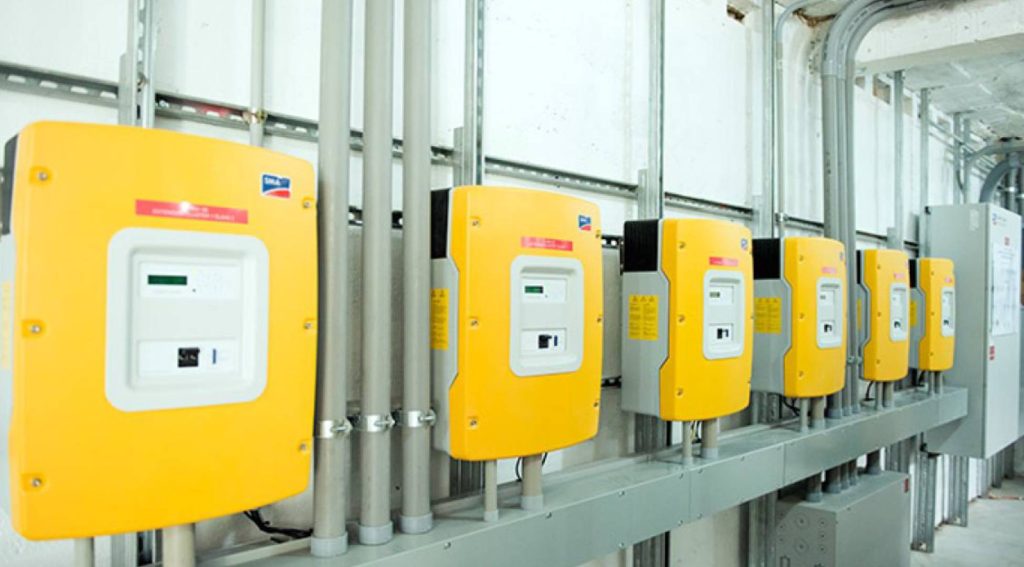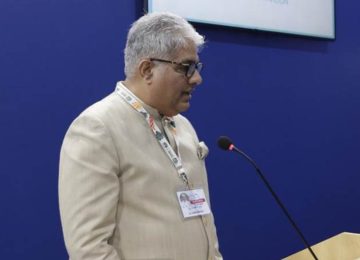The latest industry report predicts a 16% CAGR in the solar balance of system, or BoS, market from $3 billion in 2024 to $7 billion by 2029.
The balance of system (BoS) market is anticipated to develop at a compound annual growth rate (CAGR) of 16 percent, from about $3 billion in calendar year (CY) 2024 to around $7 billion by CY 2029.
India’s aggressive renewable energy targets, especially the national aim of reaching 500 GW of non-fossil fuel power capacity by 2030, are driving the expansion, according to the recent industry analysis from market intelligence firm 1Lattice.
The global BoS market is anticipated to increase significantly, from an estimated $60 billion in 2024 to over $100 billion by 2029, at a compound annual growth rate (CAGR) of 10%, according to the analysis.
Strong clean energy targets and favorable legislative frameworks in important global regions are driving this expansion.
The BoS segment is becoming a key facilitator of advancement as India quickens its energy transformation.
By the end of the decade, the nation also aims to source half of its electricity from renewable sources, which is increasing demand for solar infrastructure support.
Lattice also emphasizes how government regulations and incentive programs are crucial for maximizing the potential of the BoS sector.
All auxiliary components of a solar PV installation, with the exception of the solar panels themselves, are referred to as BoS components.
These comprise batteries, charge controllers, inverters, mounting structures, tracking systems, wiring, combiner boxes, circuit protection devices, and monitoring apparatus.
Both urban and rural areas of India are experiencing an increase in solar access due to programs like PM-KUSUM, the Grid-Connected Rooftop Solar Programme, and state-level initiatives such as the Delhi Solar Energy Policy.
These programs are opening up new channels for private sector investment, innovation, and domestic manufacture in the BoS industry.
According to the report, realizing the market’s full potential in the upcoming years will require prompt alignment of capital investment, production capacity, and regulatory assistance.
“As the global push for decarbonization intensifies, the spotlight must also fall on the ecosystem that supports solar deployment,” Abhishek Maiti, Director, Industrial Goods and Services, 1Lattice, said. “Our findings show that BoS components are not just peripheral—they are pivotal to making solar energy scalable, efficient, and sustainable.”













